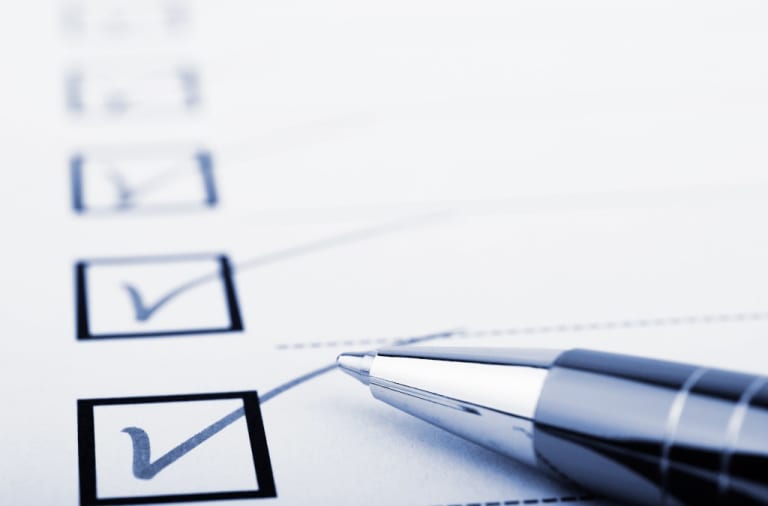
RFID Solution Checklist: 6 Steps to Take Before You Buy
RFID solutions offer companies significant scalability and flexibility when it comes to tracking items and improving overall business efficiency. How well an RFID solution actually works for you, though, will be determined by both the capabilities of the specific components you use and how closely the system is tailored to your needs.
A professional RFID services team will be able to help you identify your ideal hardware, software, and configuration particulars. You can help them help you first by compiling pertinent details about your business needs, processes, and environment. Here’s a quick look at some questions you should be able to answer in order to have meaningful discussions and well-grounded estimates as you consider your options.
1. Assess whether your existing infrastructure can support an RFID solution
When it comes right down to it, RFID is all about sharing information between tags and readers — and then making that data available to you.
- Does your existing infrastructure include Wifi?
- Do you have on-location outlets and/or ethernet runs?
- Are there logical, physical chokepoints for capturing signal reads, and if so, what are these areas like?
- How high are the ceilings?
- Where will tagged items be stored in relation to your desired read points?
2. Describe the makeup and handling of the items that you want tagged
If the items you want to track are likely to pose tag-attachment challenges (i.e, if the items are exceptionally small, or have surfaces that would require special adhesives), this will need to be taken into consideration. Also, both metal and water and even how closely tags are located to one another can interfere with RFID signals, so the material composition and handling of your items are important to note.
- What are the dimensions of the items you want to track?
- What are these items made of?
- How are these items moved?
- Are they always oriented in the same direction — or, can they be?
- Do you need to tag items individually or by group?
- How much and what type of information do you want to be able to encode on each tag?
3. Consider environmental conditions and alerts
Answering the following questions can help identify essential tag and hardware feature requirements.
- Will your tagged items or readers be exposed to temperature extremes?
- What about exposure to rugged conditions, such as dusty or wet environments?
- From what distances do you anticipate wanting to capture tag signals?
- Do you need handheld devices that are able to survive occasional drops to concrete?
- Do you have any GPIO requirements (i.e., alarms, start/stop buttons, etc.)?
4. Identify sources of possible RF interference
Water, metal, fluorescent lighting, large machinery, and competing frequencies (other radio waves) can all interfere with RF signals, and need to be factored into the configuration of an RFID system, so be prepared to share details about the area you want to RFID-enable.
- Is the location filled with shelving?
- Does it receive heavy vehicle or foot traffic?
- Is this an access-controlled area or is it open to the public?
5. Determine the level of software integration you need
Knowing whether you want to incorporate RFID into multiple areas of your business, or simply want to encode and read RFID tags will help determine the type of software or middleware you need.
- Are you already using an enterprise management system, such as SAP or Oracle, into which you want to be able to import your RFID data?
- Do you need a solution that includes an asset management application?
6. Set a budget, and identify your ROI criteria
Be prepared: RFID can be very expensive. The more area you need to cover, the higher level of granularity you require (i.e., shelves vs. rooms), and the more you need your system to do, the more expensive it can get. But when it’s the right solution, the value — both short and long term — far outweighs the cost.
- Realistically, how much can you afford to spend on an RFID solution?
- What is the value of information you’re trying to capture — to your processes? To your bottom line?
When you’re ready to take the next step and talk to experienced, knowledgeable professionals about your specific RFID solution, contact us.
